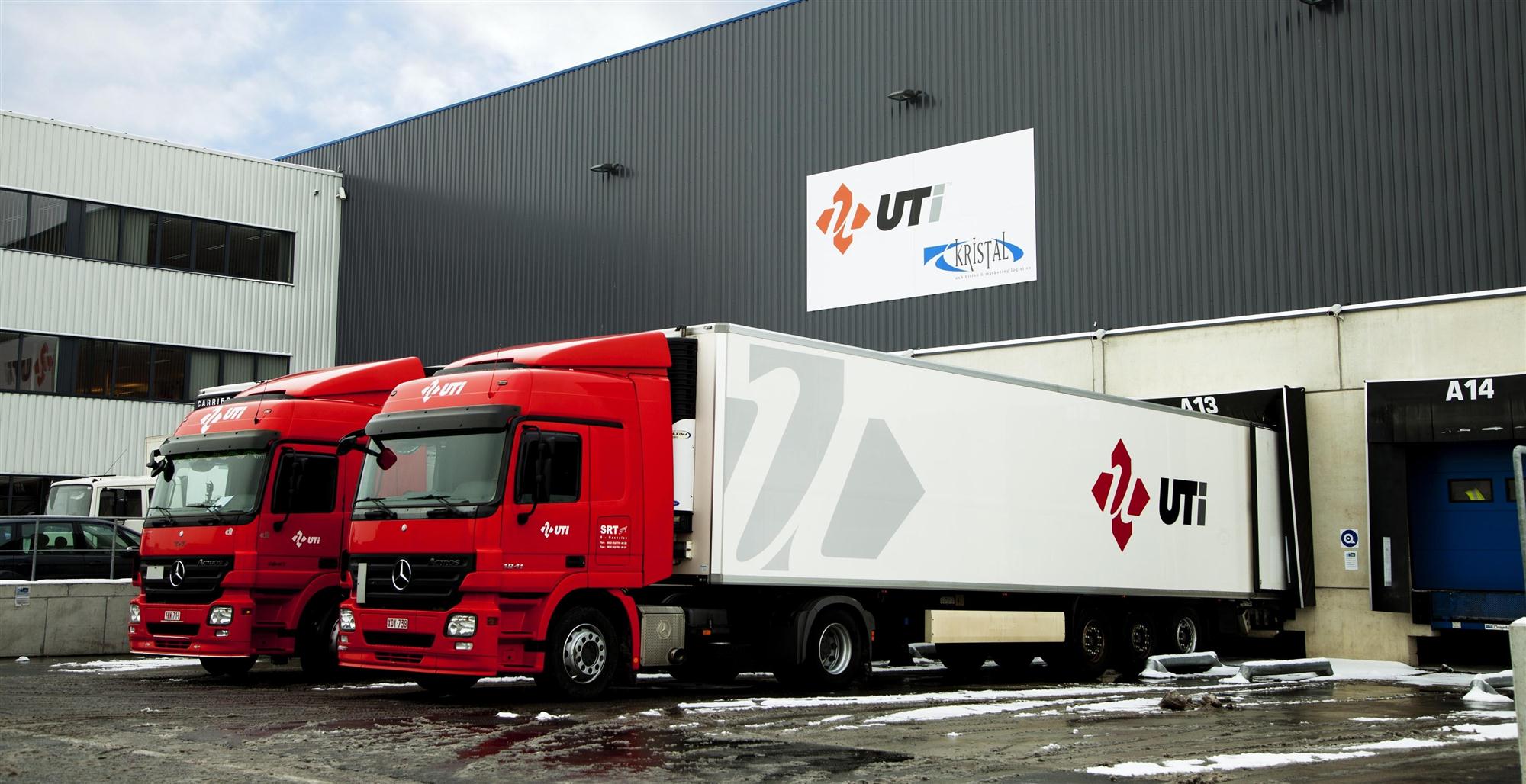Recently published reports and analysis relating to the global 3PL (third-party logistics) industry generally come to the conclusion that the upswing in merger and acquisition activity across that sector over the last couple of years is set to continue this year, although possibly at a slower pace.
Both trends were highlighted, for instance, in research published late last year by Armstrong & Associates, a US-based supply chain management marketing research and consulting firm, which noted that “the last two years have been a time of large strategic acquisitions resulting in a significant consolidation among the top 50 global 3PL providers.”
As examples, it pointed to the series of acquisitions by XPO Logistics (notably of US group Con-way, which included Menlo Logistics and European company Norbert Dentressangle); the purchase of US-headquartered UTi Worldwide by Danish group DSV, which was completed at the beginning of this year; the acquisition by UPS Supply Chain Solutions of North American operator Coyote Logistics; the purchase by Japanese group Kintetsu World Express of APL Logistics from Singapore-based Neptune Orient Lines; and FedEx’s takeover of North American 3PL provider Genco.

“Those acquisitions are reflective of a 3PL sector that is now dominated by around 50 companies based in post-industrial countries. Those 3PL providers have scale based on geographical coverage, IT (information technology) and processes that create threshold levels which bar smaller rivals from overtaking them by organic growth alone,” suggested Armstrong & Associates.
The market research firm also noted the pending takeover of European group TNT Express by FedEx which, it said, had implications for the 3PL sector. “While not a true 3PL purchase, this deal has significant impact because of the dramatic expansion FedEx will be making in Europe where TNT is still a major package player.”
Commenting on likely future corporate activity in the worldwide 3PL sector, Armstrong & Associates said that “while we may not see as many large US$100 million deals in 2016, ongoing market consolidation is expected.” It also noted that, based on 2014 gross revenue figures, the top 50 3PL providers, following the merger and acquisition activity in 2015, now had 38% of the US$751 billion global 3PL market.
The issue of future 3PL industry consolidation and its implications for service providers was also covered in the 2016 20th Annual Third-Party Logistics Study sponsored by Capgemini Consulting, Penn State University, advisory firm Korn Ferry and supply chain management group Penske Logistics.
The report, which was based on a web-based survey of logistics and supply chain executives in North America, Europe, Asia Pacific, Latin America and other parts of the world, noted that over the last year, mergers and acquisitions had “dotted the third party logistics market” both within the US and abroad. “This merger and acquisition activity within the logistics industry is expected to continue, increasing the need for providers to build and maintain customer relationships and adjust their strategies by region,” it stated.
Expanding on that last point, the report commented: “Competition within the logistics industry is ramping up due to tightened capacity along with increased consolidation within the supply chain arena that has resulted in fewer partners for 3PLs and increased prices.”
That changing landscape, continued the report, was altering how 3PLs and shippers worked together. The majority of respondents to the survey – 44% – had enhanced relationships to guarantee shipping lanes and on-time shipments, 40% had increased rates, and 29% said assets had not been available to move shipments when needed. Similarly, 29% had engaged with a larger number of 3PLs to get access to capacity.
The report went on to suggest that 3PLs were working to differentiate themselves by providing “sustained value, innovative solutions and information to facilitate data-driven decisions.” Meanwhile, it added, capacity challenges, changing technology and logistics innovations in other industries were all creating competitive opportunities for 3PLs and others looking to enter that market.
Not all the recent reports on the 3PL industry were positive about the scale of current merger and acquisition activity in that sector, though.
One example was the Global Third Party Logistics (3PL) Market Size, Share and Trends To 2020 report published in February by US market research and consulting company Radiant Insights. It argued that a blend of new entrants and established players had resulted in a global 3PL market which was still moderately fragmented. “Due to several reasons ranging from overpriced companies and negative acquisition experiences to economic uncertainties and lack of attractive targets, the merger and acquisition activity in the industry has considerably dampened,” it claimed.
Looking at the broader worldwide transportation and logistics industry picture, including 3PL operations, recently published analysis by global business services provider PwC (PricewaterhouseCoopers) said the value of merger and acquisition activity in 2015 had been nearly double that of the previous year at almost US$173 billion, “primarily attributed to a considerable spike in megadeals (transactions valued at US$1 billion or more).”
“Transactions involving Asia and Oceania once again dominated deal activity in 2015, accounting for almost half of the global activity with 120 deals worth US$96.2 billion,” reported PwC. “A majority of the deals in this region involved China and were primarily driven by the decelerating Chinese economy as reduced growth projections caused overall softness in valuations and equity markets, leading to an increased number of attractive acquisition targets and industry exits.”
“Looking ahead at 2016, we remain optimistic that merger and acquisition will continue as both the domestic and several foreign economies are poised for growth; however, commodity pricing pressures will likely continue to have mixed effects on the various industries within the sector,” the report said.
By Phil Hastings
Correspondent | London



